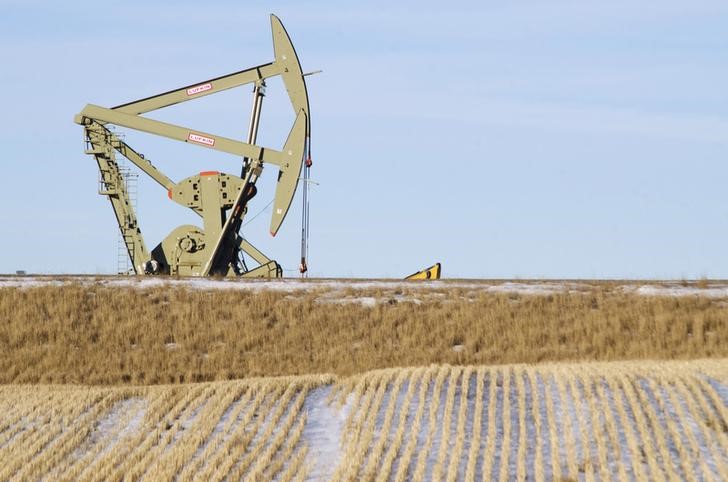By Geoffrey Smith
Investing.com -- Crude oil prices fell to their lowest in a month on Thursday, amid signs that demand is plateauing well below pre-pandemic levels as the global recovery stalls in a number of key economies.
By 11:05 AM ET (1505 GMT), U.S. crude futures were down 2.1% at $40.62 a barrel, on their way to testing the lower bound of the $40-$45 a barrel range that they've been in since June, after various data points showed economic activity faltering. The global benchmark for crude, Brent Futures, fell 2.2% to $43.45 a barrel. Reuters columnist John Kemp noted that the dated Brent strip, which tracks physical cargoes for delivery over the next five weeks, was at its steepest contango since June 1, a structure that usually reflects short-term oversupply.
On a four-week moving average, that evens out some of the short-term fluctuations caused by weather disruptions, EIA data show total U.S. demand for crude and products running some 3 million barrels a day below their levels of a year ago, analysts at the Oxford Institute for Energy Studies highlighted in a research note on Thursday.
"The narrow price range and low volatility reflect a market that is not yet ready to move to a higher price range," OIES analysts Bassam Fattouh and Andreas Economou wrote. "The V-shaped recovery in demand seems to have now stalled as concerns over the recent resurgence in Covid-19 cases have resurfaced in many parts of the world."
One of the clearest examples of weakening demand came with the drop in U.S. gasoline demand revealed in Wednesday's weekly update from the Energy Information Administration. Gasoline RBOB Futures continued their recent decline, falling 1.2% to a one-month low of $1.1855 a gallon.
S&P Global Platts noted that independent Chinese refiners, who had bought on the world market in record volumes in July, scaled down their import purchases in August by 10% to an average of 4.22 million barrels a day. In Europe, meanwhile, the purchasing managers index for the euro zone receded as attempts to allow a summer tourist season led to a wave of Covid-19 infections, especially in Spain and France.
Some sectors in particular look set for a painfully slow recovery: the head of U.S. airline lobby group A4A said Thursday he didn't expect travel to rebound to 2019 levels until 2024.
The OIES analysts noted that demand is flattening out before the recovery had made any meaningful dent in world stockpiles. Crude inventories in OECD countries were nearly 530 million barrels above their 2010-2014 average in July, more than double the surplus of a year earlier.
On a more supportive note, the weaker price action has raised the likelihood of major exporting nations keeping to their agreement on output restraint. Platts reported on Thursday that Iraq, which had produced well above its quota in the first months of the so-called OPEC+ output deal, had reduced its exports to only 3.02 million barrels a day in August, the lowest since February 2015, and down 6% from July.
